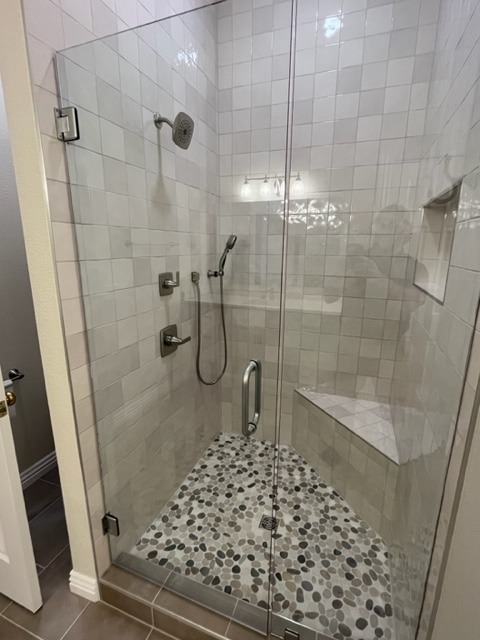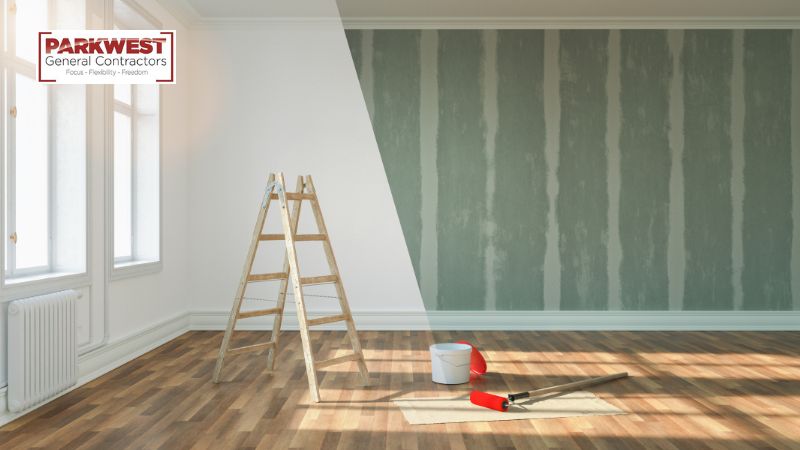Discover the Top Fads and Technologies Forming the Future of General Renovation Practices
In the world of general improvement methods, a transformative shift is underway, pushed by a wave of development and emerging patterns that promise to redefine the means we come close to restoring and refurbishing rooms. As the industry navigates towards a future marked by sustainability, modern technology integration, and performance, it comes to be increasingly vital to remain abreast of the developments forming this evolving landscape. From the widespread adoption of wise home modern technologies to the utilization of virtual reality tools in layout processes, the opportunities appear endless. Yet what do these advancements indicate for the future of renovation methods, and just how will they affect the method we picture, plan, and perform remodelling projects?

Lasting Products Integration

One secret benefit of integrating lasting products into renovations is the decrease of waste and ecological influence. By repurposing materials or selecting choices made from eco-friendly sources, the construction sector can dramatically lower its carbon footprint. In addition, sustainable materials often flaunt better and sturdiness, causing longer-lasting remodellings that call for much less upkeep in time.
Additionally, the integration of sustainable materials can enhance the overall aesthetic appeals of a restoration task. Designers and engineers are discovering cutting-edge methods to incorporate environment-friendly products right into contemporary and elegant layouts, proving that sustainability and visual appeal can go hand in hand (deck contractor). As the demand for lasting practices proceeds to rise, the combination of these materials is anticipated to become the criterion in basic restoration techniques
Smart Home Technologies Adoption
Increasingly incorporated into contemporary households, the fostering of smart home innovations is improving the means we interact with our space. From voice-activated assistants like Amazon's Alexa or Google Home to clever thermostats, illumination, safety and security systems, and devices, the wise home trend is revolutionizing the idea of home ease and effectiveness.

Additionally, the integration of expert system and artificial intelligence formulas into wise home tools allows them to learn individual choices and adjust settings appropriately, further boosting individual convenience and benefit. As smart home technologies continue to advancement and become extra obtainable, their adoption is anticipated to end up being a lot more extensive, shaping the future of domestic living.
Digital Reality Design Devices
Virtual Truth Design Devices use a transformative method to visualizing and intending improvement tasks (deck contractor). By involving users in a digital environment, these devices allow them to experience a realistic representation of the final layout before any kind of physical adjustments are made. This modern technology enables home owners, designers, and professionals to team up more successfully, ensuring that every person entailed has a clear understanding of the project extent and vision
One of the vital benefits of Virtual Fact Design Tools is their capability to streamline the decision-making procedure. Customers can experiment with different products, layouts, and arrangements in real-time, allowing them to make informed options that align with their preferences and spending plan constraints. Additionally, these tools can help determine prospective issues or disputes in the style at an early stage, ultimately saving time and sources throughout the renovation process.
Energy-Efficient Solutions Execution
In the middle of the expanding focus on lasting practices in the construction sector, there is a noteworthy change towards implementing energy-efficient options in remodelling tasks. Energy-efficient remedies are coming to be a cornerstone in contemporary remodelling methods as they offer numerous advantages to both home owners and the atmosphere. These solutions incorporate a variety of innovations and design concepts focused on reducing energy consumption, decreasing utility prices, and lessening the environmental footprint of buildings.
One prevalent trend in energy-efficient restoration is the assimilation of smart home innovation. This includes the use of programmable thermostats, energy-efficient lights systems, and smart appliances that can be regulated from another location. In addition, the adoption of high-efficiency home heating, ventilation, and cooling (HEATING AND COOLING) systems plays a crucial duty in boosting the overall energy performance of restored spaces.
Furthermore, the consolidation of lasting materials such as energy-efficient windows, insulation, and roof can considerably enhance a structure's thermal efficiency, additional decreasing power demands. bathroom remodeling contractor By focusing on energy performance in remodelling tasks, stakeholders can not just achieve cost savings over time yet additionally add to a greener and much more sustainable constructed atmosphere.
Environment-friendly Structure Qualification Trends
The need for eco-friendly structure qualification is continuously increasing in the building and construction sector as stakeholders seek to verify their dedication to sustainable structure practices. Eco-friendly structure accreditations, such as LEED (Management in Power and Environmental Layout) and BREEAM (Building Research Establishment Environmental Evaluation Method), are ending up being increasingly prominent as they show a building's environmental performance and sustainability. These qualifications take into consideration numerous facets, consisting of energy effectiveness, water usage, products option, indoor ecological high quality, and the general effect on the atmosphere.
Among the present trends in environment-friendly structure qualification is the assimilation of smart technologies to enhance a building's sustainability. This includes the use of IoT (Web of Points) tools for keeping track of energy usage, maximizing interior environmental conditions, and enhancing overall operational effectiveness. In addition, there is a growing focus on wellness and wellness elements within eco-friendly building requirements, concentrating on elements like air high quality, natural light, and biophilic style elements.

Conclusion
To conclude, the future of basic improvement practices is being shaped by the combination of sustainable products, fostering of smart home technologies, utilization of online reality layout tools, execution of energy-efficient options, and trends in environment-friendly building qualification. These advancements are driving the industry towards even more ecologically friendly and technically advanced options, ultimately enhancing the quality and effectiveness of renovation jobs.